On Sunday, April 25th, we hosted a virtual workshop about the benefits of native plants for our local biodiversity, and how to improve the habitat value of our properties. A recording of that webinar is below, as well as follow-up materials from the Q&A session.
Q&A Follow-Up
Questions from participants included:
- How long would an introduced plant species need to be in a new environment before it can be considered “native”?
- What low-growing evergreen is a good replacement for grass?
- What are good ground covers under an oak tree to replace English Ivy?
When is a plant considered “native”?
The subject of plant species naturalization is under debate. For example, the U.S. Department of Agriculture’s Natural Resources Conservation Service (USDA-NRCS) considers only those plants found in a region prior to European settlement to be native, while some biologists advocate for more nuanced definitions.
Native plant recommendations
The following plants were discussed as appropriate groundcovers for shade and for lawn substitutes. Additional links are provided for more information.
Recommended Native Groundcovers for Shade*
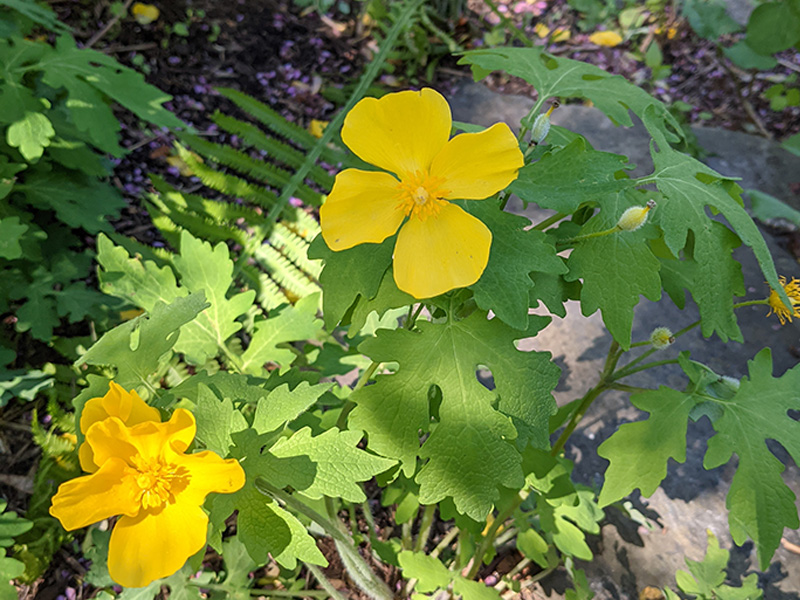
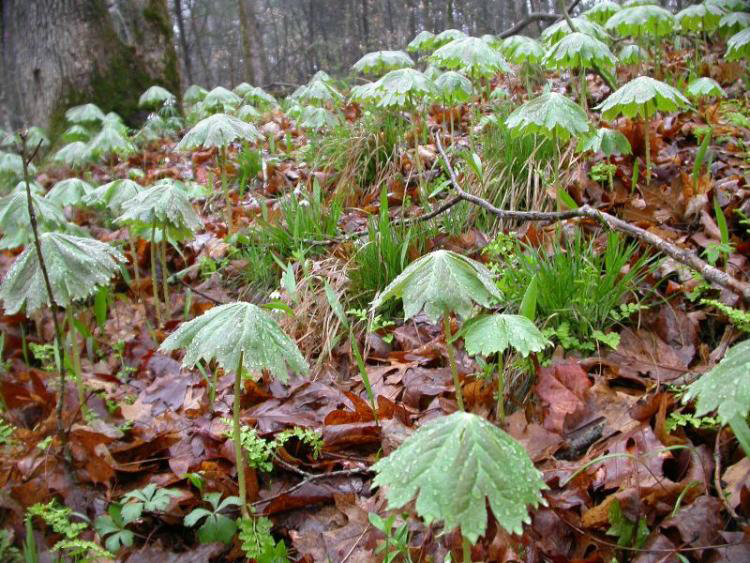
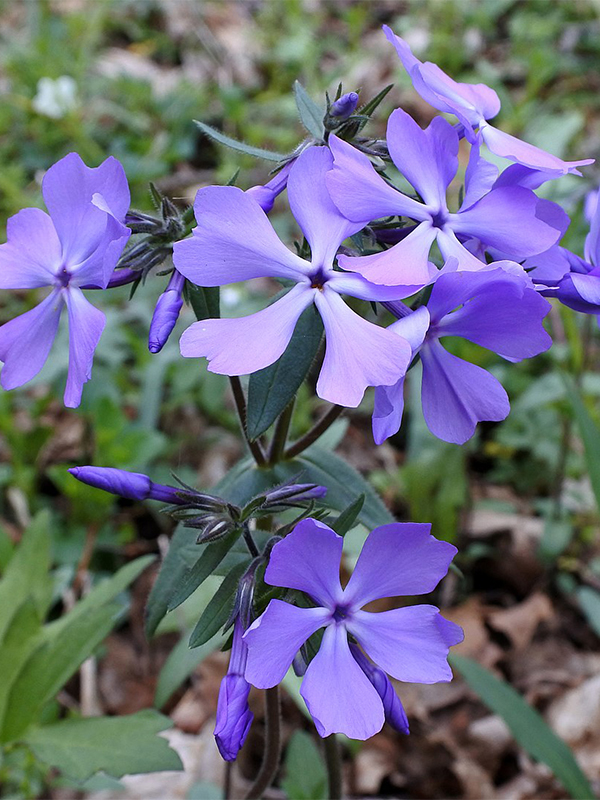
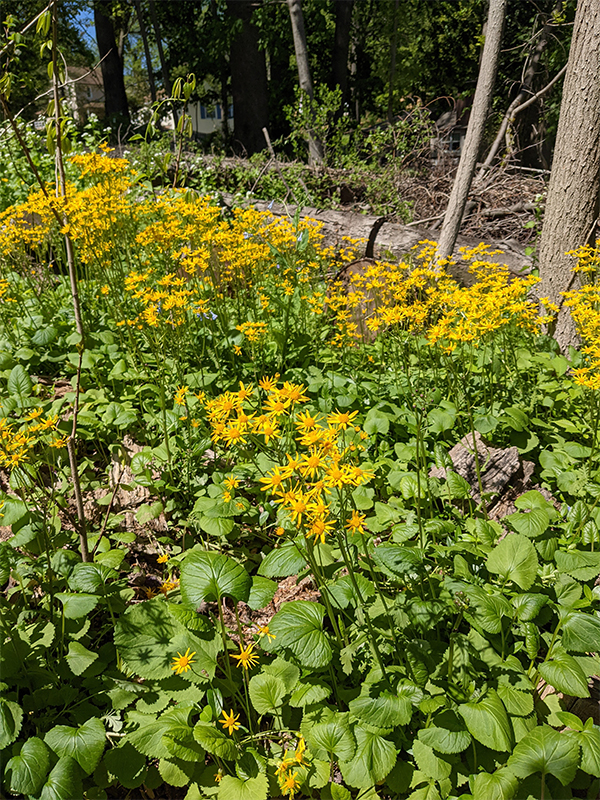
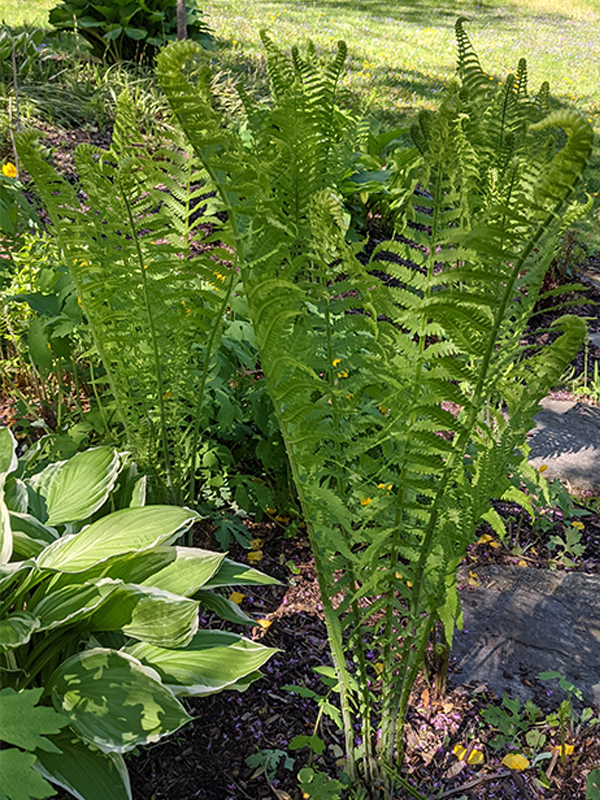
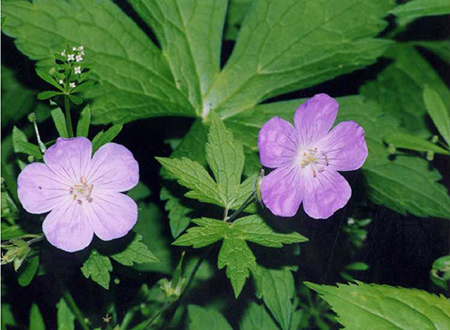
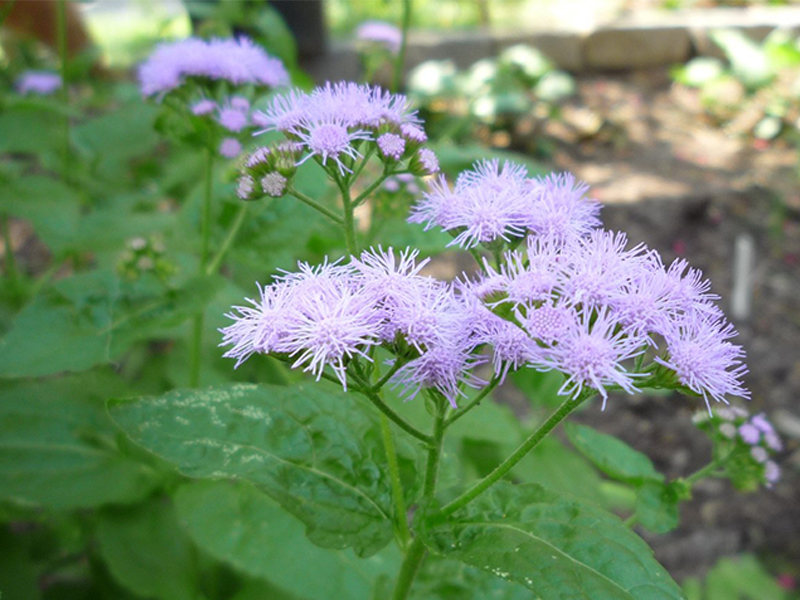
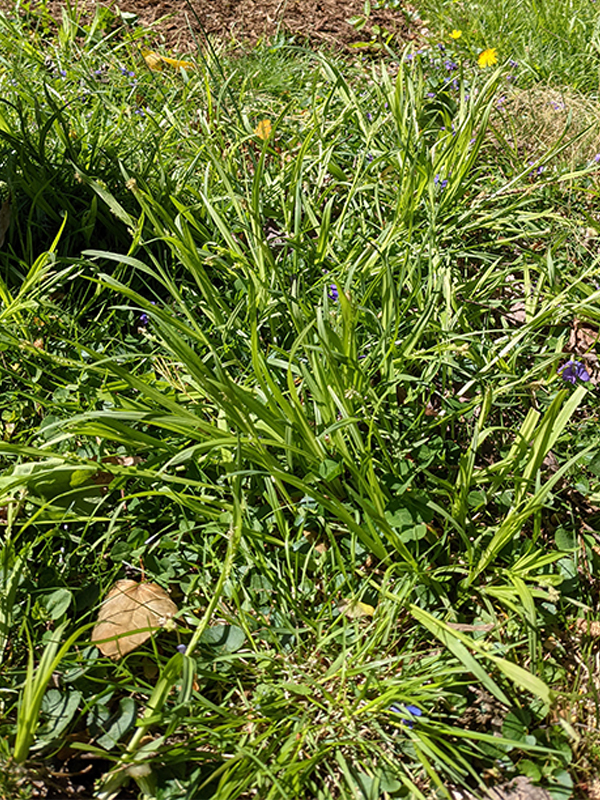
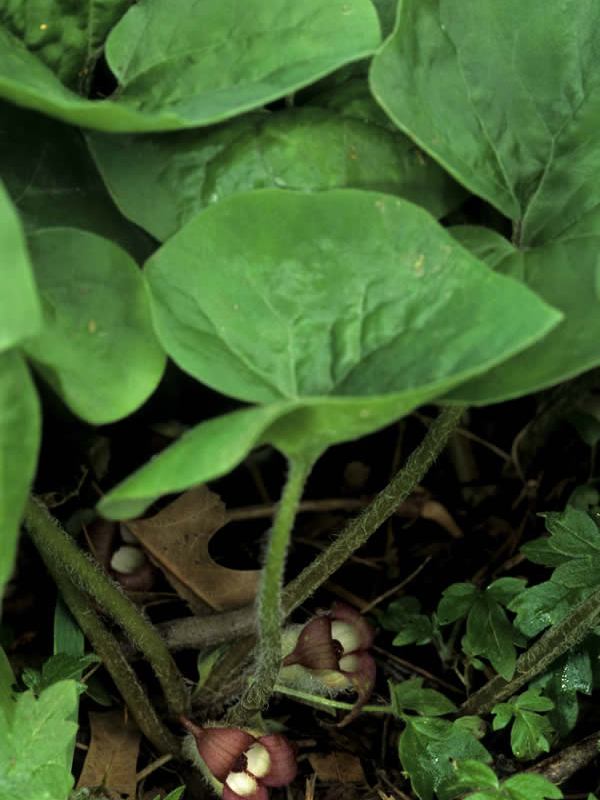
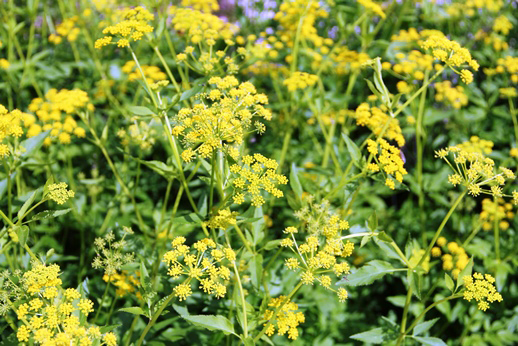
*More information about native groundcovers:
Native Groundcovers: Sustainable Choices for Sun and Shade by Claire Sawyer for Brooklyn Botanic Garden
Native Plants for the Small Yard by Kate Brandes for the Lehigh Gap Nature Center
Lawn Substitutes
The following native plants will form a (mostly) evergreen groundcover in place of lawn. For information about transitioning your lawn to native grasses, check out this article from YardMap, a project of the Cornell Lab of Ornithology.
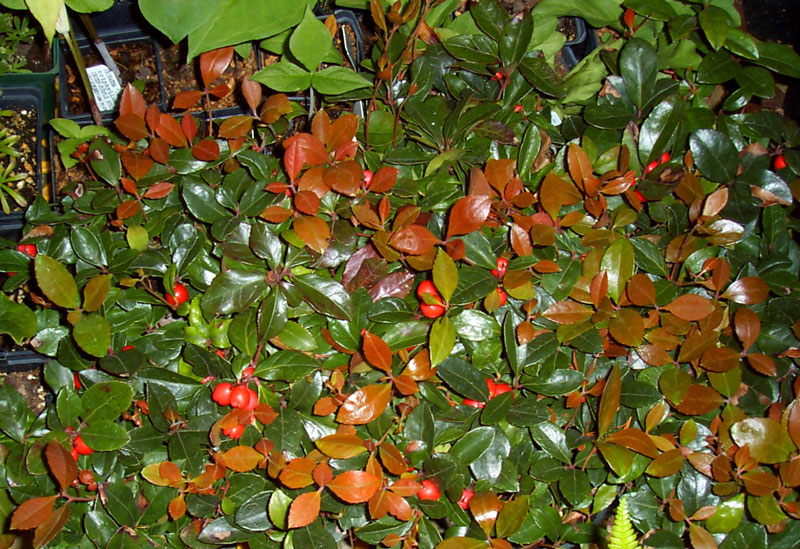
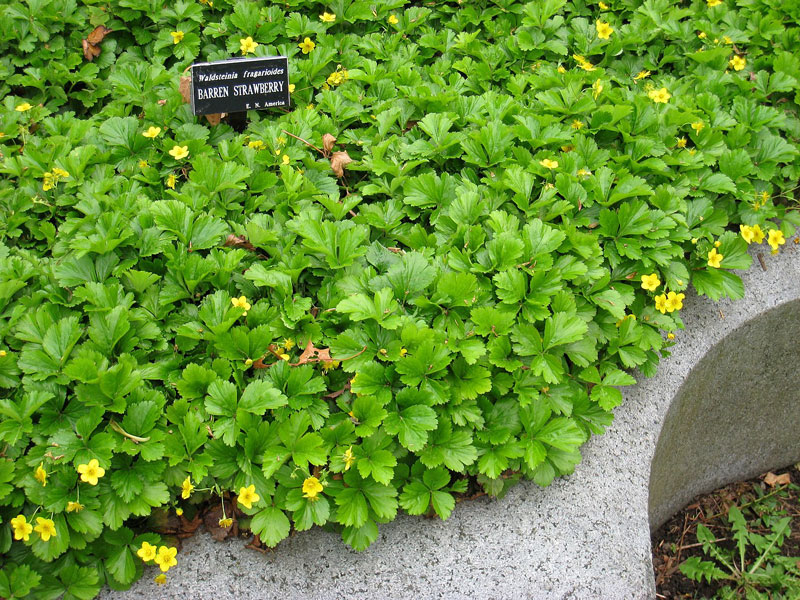
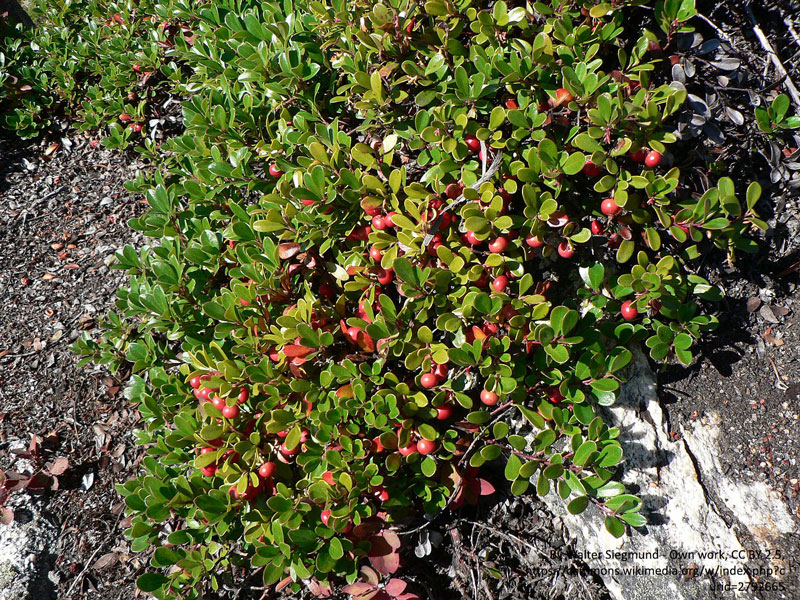

Thank you very much to all who attended our webinar! We hope to hold similar events in the future.

Leave a Reply